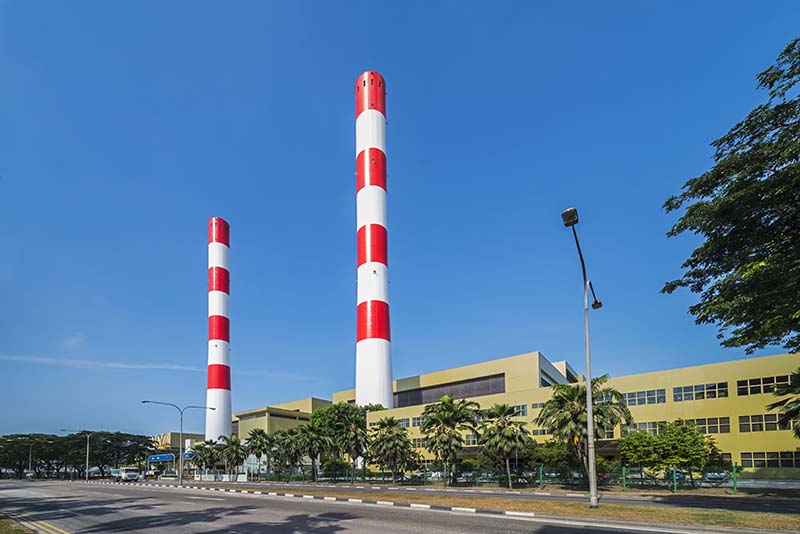The Science Behind Incineration
Each day, about 600 refuse trucks roll into Tuas South Incineration Plant (TSIP), Singapore’s fourth and largest WTE plant.
Before tipping their waste load into a bunker, the vehicles are weighed at the weighbridge.
Air pressure in the bunker is kept below atmospheric pressure to contain the stench, while crane operators mix the waste to ensure the composition is homogenous before feeding it into six incinerators.
After the waste is unloaded, the vehicles are weighed again to determine the amount of waste disposed of.
The $890 million TSIP, commissioned in 2000 on a 10.5 ha plot of reclaimed land, uses an advanced combustion control system to control the combustion process so that the waste is completely burnt.
To ensure that harmful gases are not emitted, the flue gas produced from the combustion process passes through an electrostatic precipitator and catalytic fabric filter system. This removes the dust particles, neutralises the acidic contents and breaks down dioxins into harmless gases before it is emitted through two 150 m-tall chimneys.
The heat produced from the incineration process is harnessed to produce approximately 1,600 MWh of electricity per day. About 20% powers the plant and the remaining 80% is exported to the grid.
By the end of incineration, waste would have been reduced by up to 90% of its original volume, substantially reducing the amount of space it would otherwise have taken up in our landfill.
After incineration, the metals in the incineration bottom ash, such as iron, steel, aluminium and copper, are extracted before the ash is transported to the offshore Semakau Landfill.
The final destination for all incineration ash and non-incinerable waste is Semakau Landfill. It is bounded by a 7 km-long perimeter bund which is lined with an impermeable geomembrane to contain the waste. Monitoring wells are located along the bund and water samples are regularly taken to ensure water quality is not compromised.


